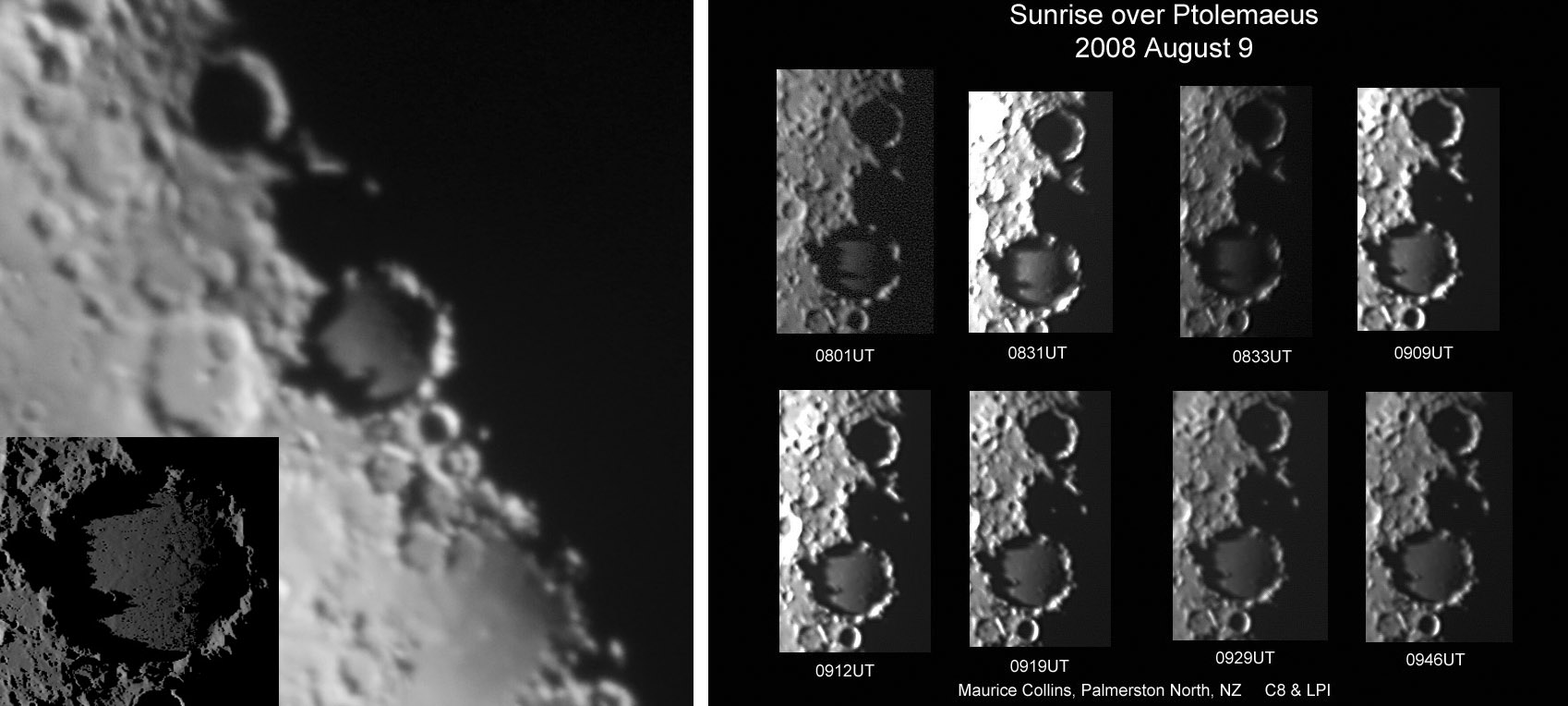Difference between revisions of "September 4, 2014"
| Line 1: | Line 1: | ||
__NOTOC__ | __NOTOC__ | ||
=Nessie= | =Nessie= | ||
| − | |||
<!-- ws:start:WikiTextHeadingRule:0:<h1> --> | <!-- ws:start:WikiTextHeadingRule:0:<h1> --> | ||
<!-- ws:start:WikiTextLocalImageRule:6:<img src="/file/view/LPOD-Sep4-14.jpg/520729760/LPOD-Sep4-14.jpg" alt="" title="" /> -->[[File:LPOD-Sep4-14.jpg|LPOD-Sep4-14.jpg]]<!-- ws:end:WikiTextLocalImageRule:6 --><br /> | <!-- ws:start:WikiTextLocalImageRule:6:<img src="/file/view/LPOD-Sep4-14.jpg/520729760/LPOD-Sep4-14.jpg" alt="" title="" /> -->[[File:LPOD-Sep4-14.jpg|LPOD-Sep4-14.jpg]]<!-- ws:end:WikiTextLocalImageRule:6 --><br /> | ||
| − | <em>left image by [mailto:jadlhoch@gmail.com Joe Adlhoch], Colorado, and right image and smaller one in left corner by [mailto:mauricejscollins@hotmail.com Maurice Collins], New Zealand</em><br /> | + | <em>left image by [mailto:jadlhoch@gmail.com" rel="nofollow Joe Adlhoch], Colorado, and right image and smaller one in left corner by [mailto:mauricejscollins@hotmail.com" rel="nofollow Maurice Collins], New Zealand</em><br /> |
<br /> | <br /> | ||
| − | Joe was observing the Moon on September 1 and saw this interesting shadow in Ptolemaeus. He commented that <em>it looks to me like the neck and head of the Loch Ness Monster</em>. He admits that his cell phone image isn't of high quality, <em>but considering the subject, maybe that's appropriate!</em> He proposes: <em>I suspect the "curl" of the shadow is due to illumination of the rim of a smaller crater within Ptolemaeus, but I'm not sure</em>. I thought that Joe's interpretation was probably correct, and asked Maurice if he could make a visualization from LRO altimetry data - that is the smaller image at bottom left. Maurice also had a series of sunrise images over Ptolemaeus from 2008 that shows the same feature (right images). These, and the simulated view confirm that the 8.5 km wide Ammonius crater caused the unusual shadow. Maurice's series shows a long shadow from the highest peak on Ptolemaeus' eastern rim shortening until the 0909 image in which the hook appears. Over the next 35 minutes the shadow shortens and the hook finally disappears. The hook is caused by the shadow cast by the 400 m western rim of [http://bit.ly/1rsfMSJ Ammonius]. As the Sun rises the rim shadow gets smaller and finally disappears.<br /> | + | Joe was observing the Moon on September 1 and saw this interesting shadow in Ptolemaeus. He commented that <em>it looks to me like the neck and head of the Loch Ness Monster</em>. He admits that his cell phone image isn't of high quality, <em>but considering the subject, maybe that's appropriate!</em> He proposes: <em>I suspect the "curl" of the shadow is due to illumination of the rim of a smaller crater within Ptolemaeus, but I'm not sure</em>. I thought that Joe's interpretation was probably correct, and asked Maurice if he could make a visualization from LRO altimetry data - that is the smaller image at bottom left. Maurice also had a series of sunrise images over Ptolemaeus from 2008 that shows the same feature (right images). These, and the simulated view confirm that the 8.5 km wide Ammonius crater caused the unusual shadow. Maurice's series shows a long shadow from the highest peak on Ptolemaeus' eastern rim shortening until the 0909 image in which the hook appears. Over the next 35 minutes the shadow shortens and the hook finally disappears. The hook is caused by the shadow cast by the 400 m western rim of [http://bit.ly/1rsfMSJ" rel="nofollow Ammonius]. As the Sun rises the rim shadow gets smaller and finally disappears.<br /> |
<br /> | <br /> | ||
| − | <em>[mailto:tychocrater@yahoo.com Chuck Wood]</em><br /> | + | <em>[mailto:tychocrater@yahoo.com" rel="nofollow Chuck Wood]</em><br /> |
<br /> | <br /> | ||
<strong>Related Links</strong><br /> | <strong>Related Links</strong><br /> | ||
Revision as of 23:03, 4 January 2015
Nessie

left image by " rel="nofollow Joe Adlhoch, Colorado, and right image and smaller one in left corner by " rel="nofollow Maurice Collins, New Zealand
Joe was observing the Moon on September 1 and saw this interesting shadow in Ptolemaeus. He commented that it looks to me like the neck and head of the Loch Ness Monster. He admits that his cell phone image isn't of high quality, but considering the subject, maybe that's appropriate! He proposes: I suspect the "curl" of the shadow is due to illumination of the rim of a smaller crater within Ptolemaeus, but I'm not sure. I thought that Joe's interpretation was probably correct, and asked Maurice if he could make a visualization from LRO altimetry data - that is the smaller image at bottom left. Maurice also had a series of sunrise images over Ptolemaeus from 2008 that shows the same feature (right images). These, and the simulated view confirm that the 8.5 km wide Ammonius crater caused the unusual shadow. Maurice's series shows a long shadow from the highest peak on Ptolemaeus' eastern rim shortening until the 0909 image in which the hook appears. Over the next 35 minutes the shadow shortens and the hook finally disappears. The hook is caused by the shadow cast by the 400 m western rim of " rel="nofollow Ammonius. As the Sun rises the rim shadow gets smaller and finally disappears.
" rel="nofollow Chuck Wood
Related Links
21st Century Atlas chart 17.



